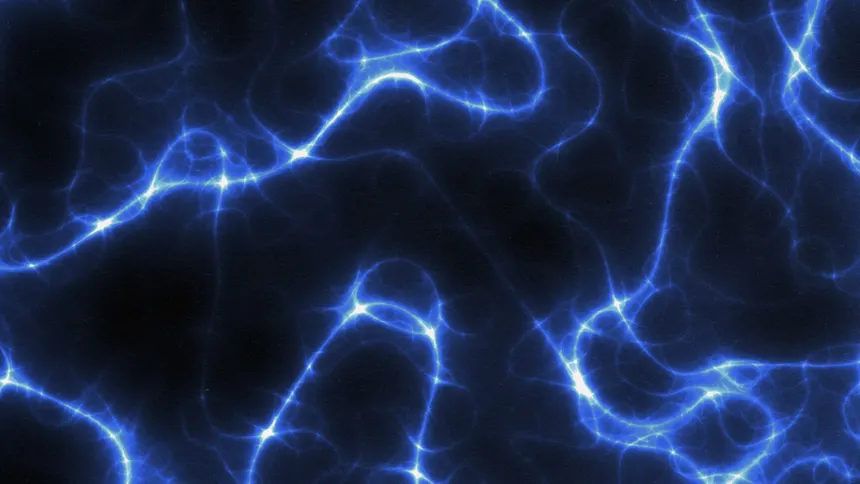Zero-point energy (ZPE) is a term used to describe a state where physical things like molecules and atoms are at their lowest energy. The “zero point” is most closely approximated at “absolute zero” (0 oK, -273 oC). In the field of traditional quantum mechanics this concept reflects that all things physical – those things in our earthly three dimensional (3D) paradigm – all exist with intrinsic vibrations and because of that always have some uncertainty in position, spin and momentum. In developing quantum physics, the zero point is also referred to as the “quantum vacuum” and unlike prior assumptions that this represents “nothing” or absence of anything, it is becoming more clear that it represents a transition state or interface between higher dimensions and forms of energy than are observable in our earthly 3D physical reality and associated linear timeline. Empirical observations and devices, including reported anti-gravity devices and power producing devices that can deliver more power out than is used to operate the devices are assumed to be able to access these additional forms of energy from the quantum vacuum and bring it into our earthly 3D paradigm in a useful way. This, one might call “tapping zero point energy”.
The future that can result from successfully tapping zero-point energy is an extremely beautiful one. By providing nearly limitless clean, free energy, our world can be transformed into one where there is no longer a scarcity of energy or resources. Costs of goods and materials would drop significantly while expanding availability, because the cost associated with the production and distribution is usually the most significant component. Through access to ZPE devices, the quality of life of all humans can dramatically improve.. But is this a realistic vision?
Zero-point energy claims to function by extracting energy from the quantum vacuum. According to proven, well-established theories of quantum physics, at extremely small scales there is a seemingly tumultuous cauldron of sub- or pre-atomic particles appearing out of the zero point (this visualization is sometimes called the “quantum foam”). These transitioning particles exist only for a nearly infinitesimal period, then vanish once again.
It is theorized that zero-point energy devices can disrupt, interact, “tickle” this ever present quantum foam in a way wherein energy is captured in a practical, usable form.. Although there are no vetted commercial devices that we know of that are currently available, many devices have been documented that purport to have been able to do just this in many different ways. Included in a long list of approaches is low-energy nuclear reactions (LENR) – the new term for cold fusion from the 80’s. Recent work in this approach has established many repeatable and independently verifiable experiments which conclusively prove over-unity energy production (more energy out than used to power the experiments). Other scientifically accepted demonstrations of over-unity energy production are found in the approach of Casimir who used closely spaced surfaces (Casimir plates).
Furthermore, there is a history of individual garage tinkerers and inventors which claim to have built such devices. Unfortunately most of these inventors have kept the “secret sauce” of their approaches to themselves in the hope of making money with businesses that never were established, and in the end took their secrets to the grave. Since we know over-unity is possible, it seems plausible and likely that at least some of these approaches were legitimate. We at the Zero-Point-Energy Project Group are trying to independently design or obtain, build and test working over-unity devices, with the intention of providing results and designs of vetted successful approaches to the public in an open-sourced manner freely with the world. We firmly believe in the promise of a better future through access to safe, effective, and functional ZPE devices.

